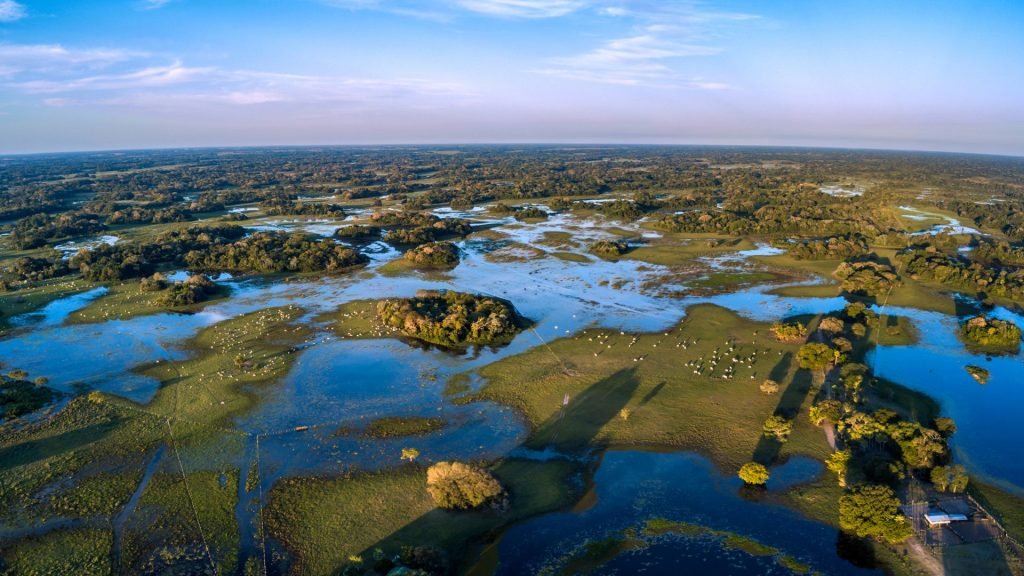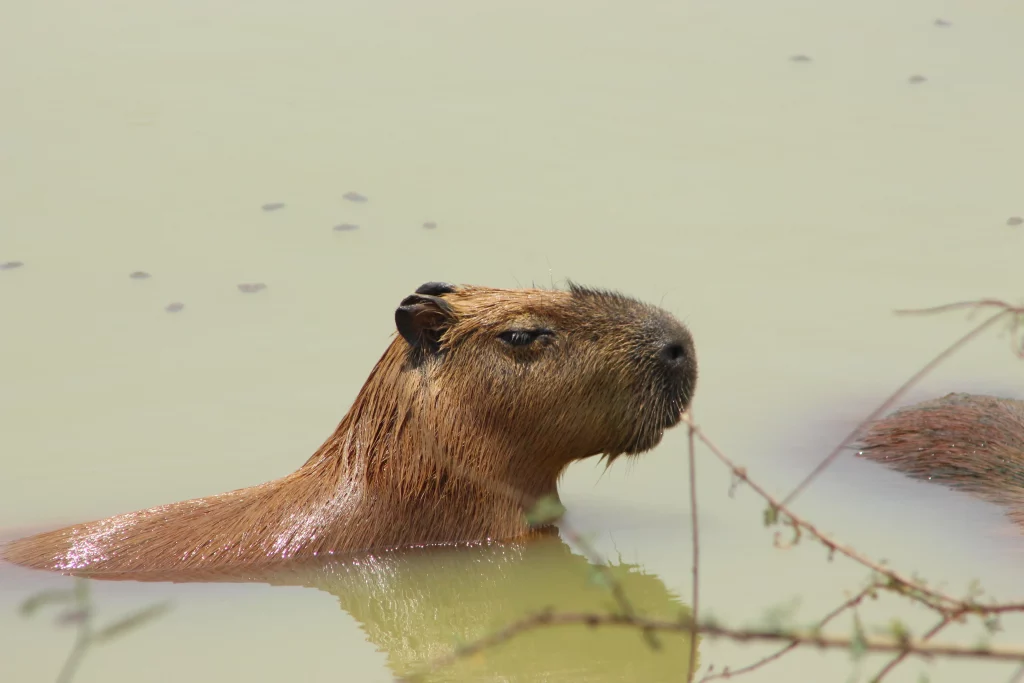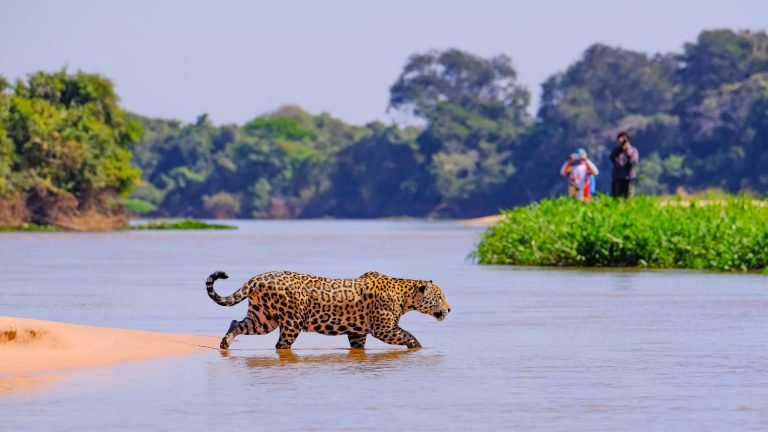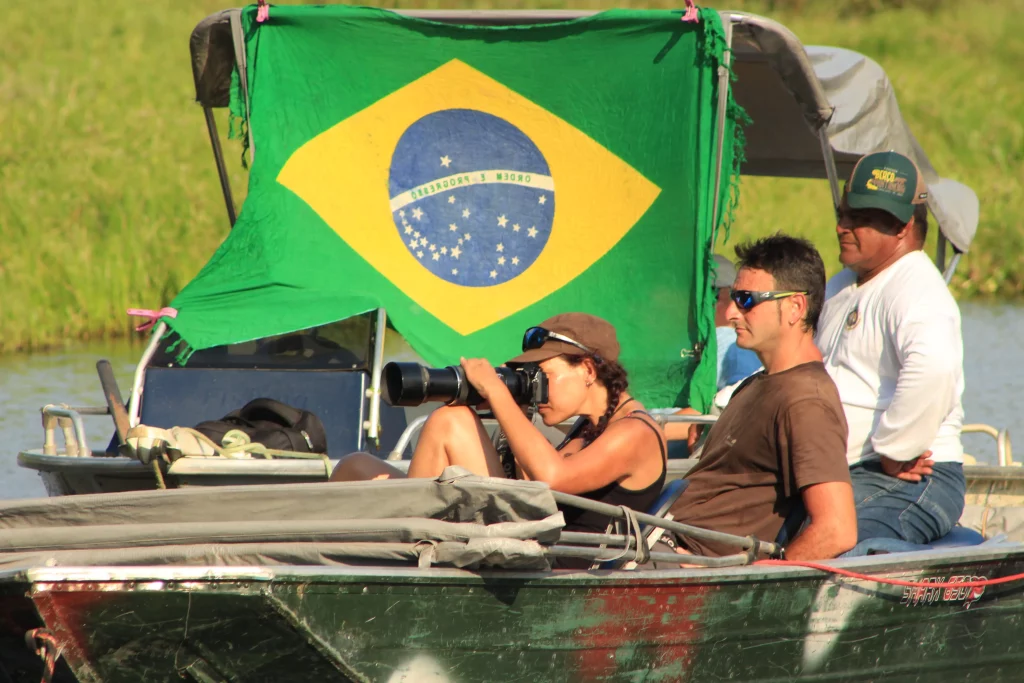Welcome to the enchanting world of Pantanal, a natural paradise nestled in the Brazilian regions of Matto Grosso and Matto Grosso do Sul. Contrary to popular belief, Pantanal is not the Amazon, but a vast alluvial plain renowned as the best place to observe wildlife in Brazil. Spanning almost 220,000 km2 and designated as a UNESCO World Heritage site, Pantanal boasts an incredible biodiversity, with the elusive jaguar as its star attraction.
Understanding Pantanal’s Unique Ecosystem

Brazil claims the majority of Pantanal, covering 60% of this expansive region, compared to its neighbors Bolivia and Paraguay. To comprehend Pantanal, one must grasp its hydrological system, fed by rains from the “Cerrado,” a savannah occupying the central zone of Brazil at higher altitudes. The slope floods the vast Pantanal plain, with a minimal altitude difference of just 12 meters. The copious rainfall during the wet season (October to March) can raise water levels by up to 5 meters in the swampy areas.
During the dry season (April to September), high evaporation occurs, maintaining water in some areas, while seasonally dry or flooded regions still showcase extensive wetlands and marshes. Pantanal plays a crucial role as the primary regulator of rivers such as Paraguay, Paraná, and Cuiabá, extending into neighboring countries. This results in a stunning variety of predominantly green landscapes and nearly unchanged biodiversity, despite the threats posed by climate change and human activities.
Wonders of the flora and fauna of the Pantanal of Brazil
Wildlife Extravaganza
In a habitat of such dimensions, boasting unique characteristics, Pantanal hosts a remarkably high biodiversity, showcasing flora and fauna worth celebrating. The best time for wildlife sightings is undoubtedly the dry season when water levels recede, and birds gather around ponds teeming with fish, providing easy prey.
- Yacarés: Around lagoons and river meanders, yacarés, caimans not exceeding 3 meters, thrive, with an astonishing population of 10 million in Pantanal. These become the preferred prey for anacondas and the star of the region, the jaguar, locally known as “onça pintada.”
- Ornithological Paradise: Ornithology enthusiasts find Pantanal a true haven, with almost 650 species of tropical birds, including macaws, toucans, and the impressive “tuiuiú,” a giant jabiru with a nearly 2-meter wingspan. Notable species include the endangered Hyacinth Macaw, featured in the animated film “Rio.”
- Diverse Wildlife: Other characteristic Pantanal residents include tapirs, capybaras, various monkey species, the giant anteater, and giant otters frolicking in large groups along riverbanks.



Flora Riches
Pantanal’s importance extends to flora, with nearly 3500 different species coexisting. Particularly noteworthy is the aquatic flora found in large concentrations in rivers and swamps, occasionally impeding boat navigation.
Navigating to the Brazilian Pantanal
Main Entry Points
The two primary entry points to the Brazilian Pantanal are the state capitals of Matto Grosso and Matto Grosso do Sul: Cuiabá and Campo Grande, respectively. Additionally, the city of Corumbá, bordering Bolivia, provides an option, albeit more challenging to reach.
Our focus will be on the route from Cuiabá, chosen for its high chances of jaguar sightings and immersive experiences in the heart of the ecosystem. From Cuiabá, one must travel by road to the town of Poconé, located 104 km away and the last settlement before leaving paved roads.

The Transpantaneira Experience
The journey begins on the straight Transpantaneira, starting just outside Poconé, spanning 145 km with 122 wooden bridges. Constructed in the 70s for cattle transport between Poconé and Corumbá, the road was fortunately halted at Porto Jofre due to its adverse impact on the region. The bridges, facing the ravages of water rise, are repaired every two years, enduring the passage of large trucks and SUVs covering this route.
Throughout this road trip to the fishing settlement of Porto Jofre, one can already savor the views and Pantanal’s fauna on both sides. The landscape transitions from rugged savannah with abundant wetlands to forests and flooded lagoons around the Cuiabá River. We highly recommend fully immersing yourself in the experience by reaching Porto Jofre and exploring the channels of Parque Estadual Encontro das Aguas, which offers a captivating panorama of Pantanal at its peak.
For those seeking a closer chance of wildlife sightings, especially jaguars, Porto Jofre is the place to be. Although possible along the Transpantaneira, it’s less likely. However, keep in mind that nature is capricious, and while chances significantly increase in Porto Jofre, there are no guarantees.


